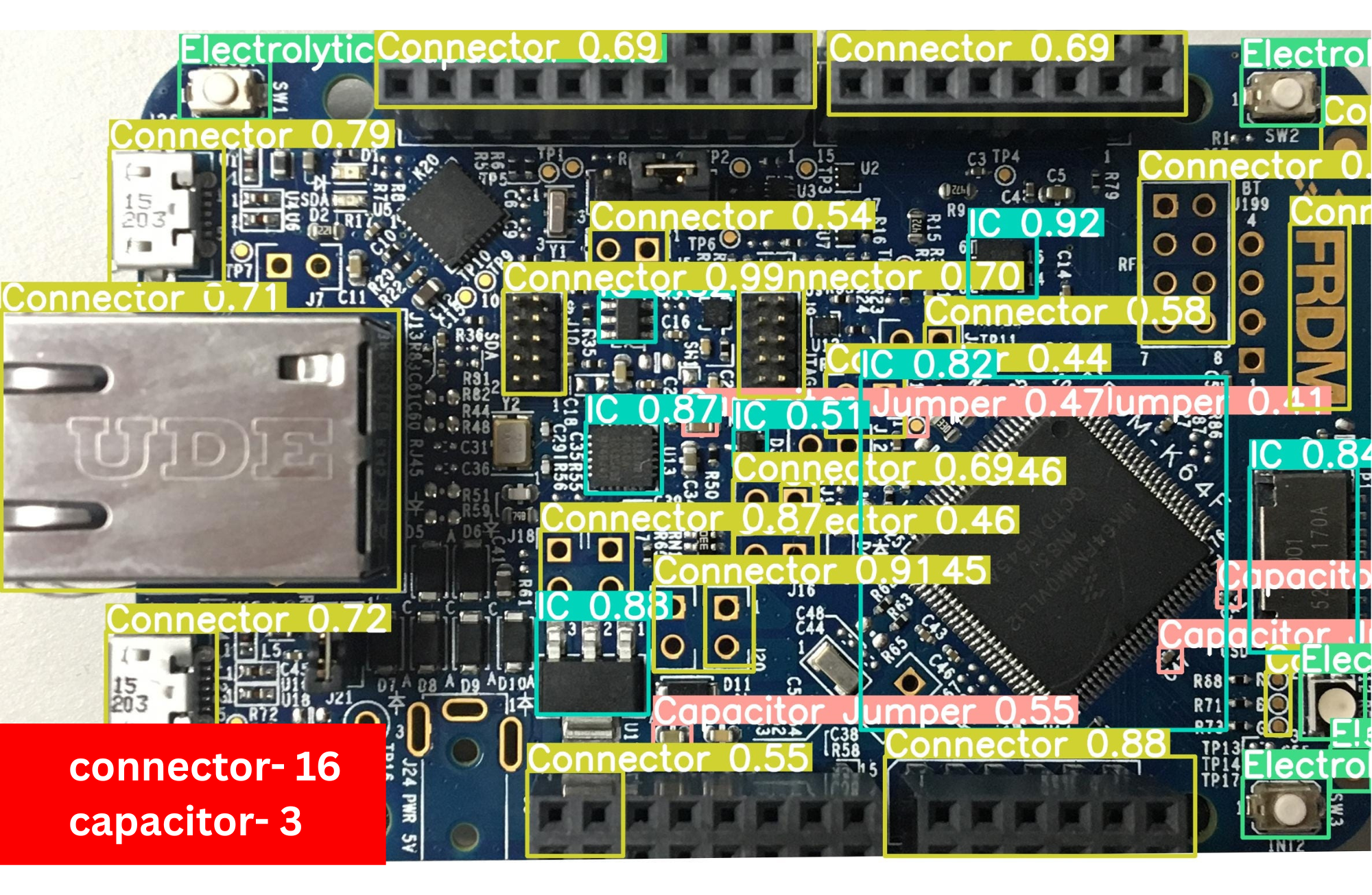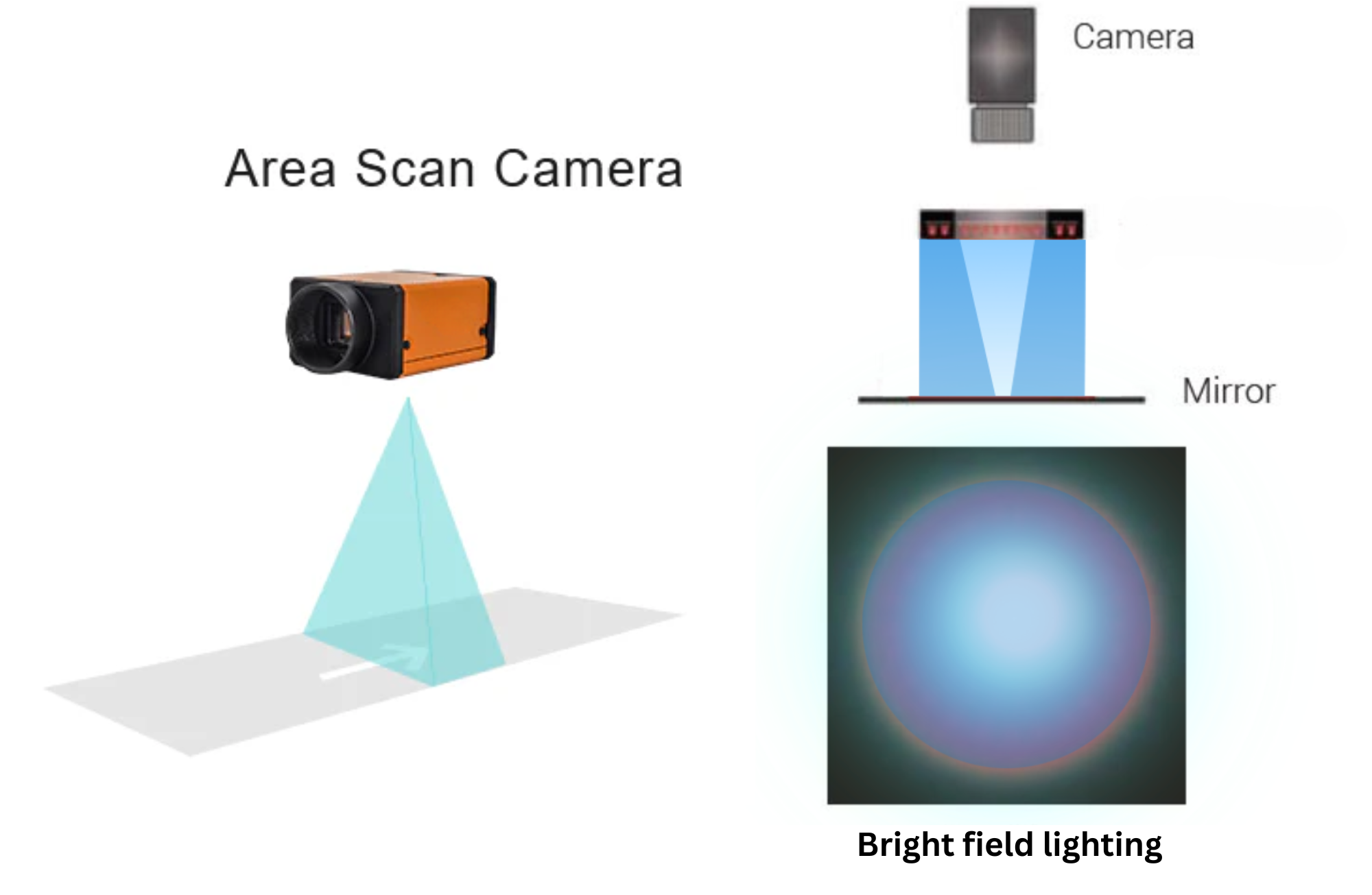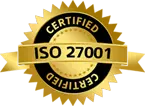Achieve Accurate Counting of PCB Electronic Components Using Machine Vision AOI
Published on: May 01, 2025

Written by: Content team, Intelgic
Achieve Accurate Counting of PCB Electronic Components Using Machine Vision AOI
In the heart of every electronic device lies a Printed Circuit Board (PCB) populated with a wide variety of microscopic components such as resistors, capacitors, inductors, and integrated circuits (ICs). These components—many no larger than a grain of sand—are critical to the performance and reliability of electronic products.
As the electronics industry advances toward miniaturization and high-density assembly, counting and verifying these components accurately during manufacturing has become a monumental challenge. Traditional inspection methods—whether manual or semi-automated—are simply not equipped to handle the scale, complexity, and speed required by modern production lines.
This is where Machine Vision-based Automated Optical Inspection (AOI) systems offer a game-changing solution.

The Invisible Challenge: Why Counting Tiny Components Is So Difficult
Modern PCBs can carry hundreds or thousands of tiny components, with sizes often shrinking down to 01005 packages (0.4 mm x 0.2 mm) or smaller. These parts are so minuscule that they can be easily missed even under magnification. The difficulty doesn’t end there:
-
Components may vary in shape and color, yet look nearly identical on camera.
-
Many are mounted extremely close together, leaving little room for visual separation.
-
Poor lighting or reflective PCB surfaces can obscure component outlines.
-
Manual inspection is time-consuming, inconsistent, and prone to human error.
In high-volume production environments, these limitations can lead to costly defects, rework, or customer returns.
How Area Scan Cameras and Bright Field Illumination Work in Electronic Components counting
The cornerstone of Machine Vision AOI systems lies in their imaging capabilities. High-resolution area scan cameras are used to capture detailed images of the PCB surface. These cameras can detect even the smallest component details by providing pixel-perfect clarity across the entire board.
However, even the best camera needs optimal lighting. This is achieved using bright field illumination, a technique where light is projected directly onto the PCB from above. This lighting method ensures:
-
Uniform illumination, eliminating shadows and glare.
-
Enhanced visibility of small components and solder joints.
-
Increased contrast between components and the PCB surface.
Together, these technologies form the "eyes" of the AOI system—capturing images with precision and clarity that far exceeds the human eye.

The Intelligent Brain: AI Software in Action
Once the image is captured, it’s processed by AI-powered software—the true intelligence behind the system. Unlike traditional rule-based vision systems, AI models are trained to understand the variability in PCB layouts and component appearances.
These models can:
-
Detect, identify, and count various component types automatically, regardless of orientation or placement.
-
Recognize subtle differences between similar-looking components, such as different resistor values.
-
Adapt to new board designs and learn from inspection history.
-
Flag missing, misplaced, or extra components in real time.
This intelligent automation leads to significantly improved speed, accuracy, and adaptability in the inspection process.
A Closer Look: The Inspection Process with Machine Vision AOI
The Machine Vision AOI system performs inspection and counting through a systematic, multi-step process, combining hardware precision and software intelligence:
1. PCB Positioning and Alignment
The PCB is either placed manually or transported via a conveyor system into the inspection station. The system aligns the board based on fiducial markers or edge detection to ensure precise spatial orientation.
2. High-Resolution Image Capture
Using a high-resolution area scan camera, the system captures detailed 2D images of the PCB surface. The camera may capture the board in a single frame or use multiple overlapping frames stitched together for larger boards.
3. Bright Field Illumination
As the camera captures images, bright field illumination is used to light the board uniformly from above. This ensures:
- Shadow-free imaging
- Clear edge definition of components
- Enhanced contrast between components and board background
This lighting is critical for capturing features of ultra-small components, solder joints, and label markings.
4. Image Preprocessing
Once the image is acquired, it undergoes preprocessing which includes noise reduction, contrast enhancement, and correction for any geometric distortion. This ensures that the AI receives clean and usable data.
5. AI-Powered Component Detection and Classification
Here, the software enters the stage. Trained AI algorithms and deep learning models scan the images and:
- Identify component types (resistor, capacitor, IC, etc.) based on shape, size, and location
- Count the total quantity of each component
- Compare with expected BOM (Bill of Materials) and layout data to detect missing or extra components
- Flag anomalies such as misplaced or misoriented components
This step mimics human decision-making but with machine-level consistency and speed.
6. Reporting and Data Logging
After inspection, the results are:
- Displayed on a dashboard in real-time
- Logged into a central database
- Available for review by quality control teams
Reports can include count summaries, defect maps, images of flagged areas, and component traceability data.
7. Optional Reinspection or Line Feedback
If discrepancies are found, the AOI system can:
- Trigger a visual or mechanical alert
- Mark the board for manual review or rework
- Send feedback to upstream processes to correct feeding or placement issues
This closed-loop communication ensures continuous quality improvement and minimal downstream defects.
Benefits of Machine Vision AOI That Drive Productivity and Quality
Adopting Machine Vision AOI for PCB component counting brings measurable advantages to manufacturers and assemblers:
-
High Accuracy: Ensures every component is counted and accounted for, minimizing production errors.
-
Increased Speed: Processes hundreds of boards per hour—ideal for high-volume manufacturing.
-
Consistent Results: Removes human variability, ensuring repeatable and reliable inspections.
-
Detailed Reports and Traceability: Captures and stores inspection data for audits and process improvement.
- Reduced Labor Dependence: Frees skilled workers from manual inspection tasks, allowing them to focus on higher-value activities.
What’s Next: The Future of AOI in Electronics
As PCB designs become even more compact and component sizes continue to shrink, the future of AOI will involve:
-
3D vision systems for enhanced defect detection and volume measurement.
-
Edge AI that processes data directly on the inspection device for real-time feedback.
-
Cloud-based analytics to track trends, predict failures, and optimize production.
Full integration with MES and ERP systems for complete automation from inspection to inventory management.
Intelgic: Your Partner in Intelligent Vision Inspection
At Intelgic, we combine deep expertise in machine vision, industrial automation, and AI software development to deliver cutting-edge solutions tailored for electronic manufacturers. Our Live Vision AOI system is built specifically for applications like electronic component counting, offering:
-
Custom-trained AI models for complex PCB layouts
-
Scalable integration with existing lines and infrastructure
-
High-resolution vision hardware with bright field illumination
-
Real-time dashboards and report generation for QC teams
With Intelgic, you’re not just investing in a tool—you’re adopting a future-ready platform that grows with your business.
In today’s high-stakes manufacturing environment, precision isn’t optional—it’s essential. Machine Vision AOI, with its powerful combination of advanced imaging, intelligent software, and automation, sets a new standard in electronic component counting. It transforms a once error-prone and labor-intensive process into a fast, accurate, and reliable workflow.
As the industry continues to evolve, manufacturers who embrace smart technologies like those offered by Intelgic will lead the way in quality, efficiency, and innovation.

